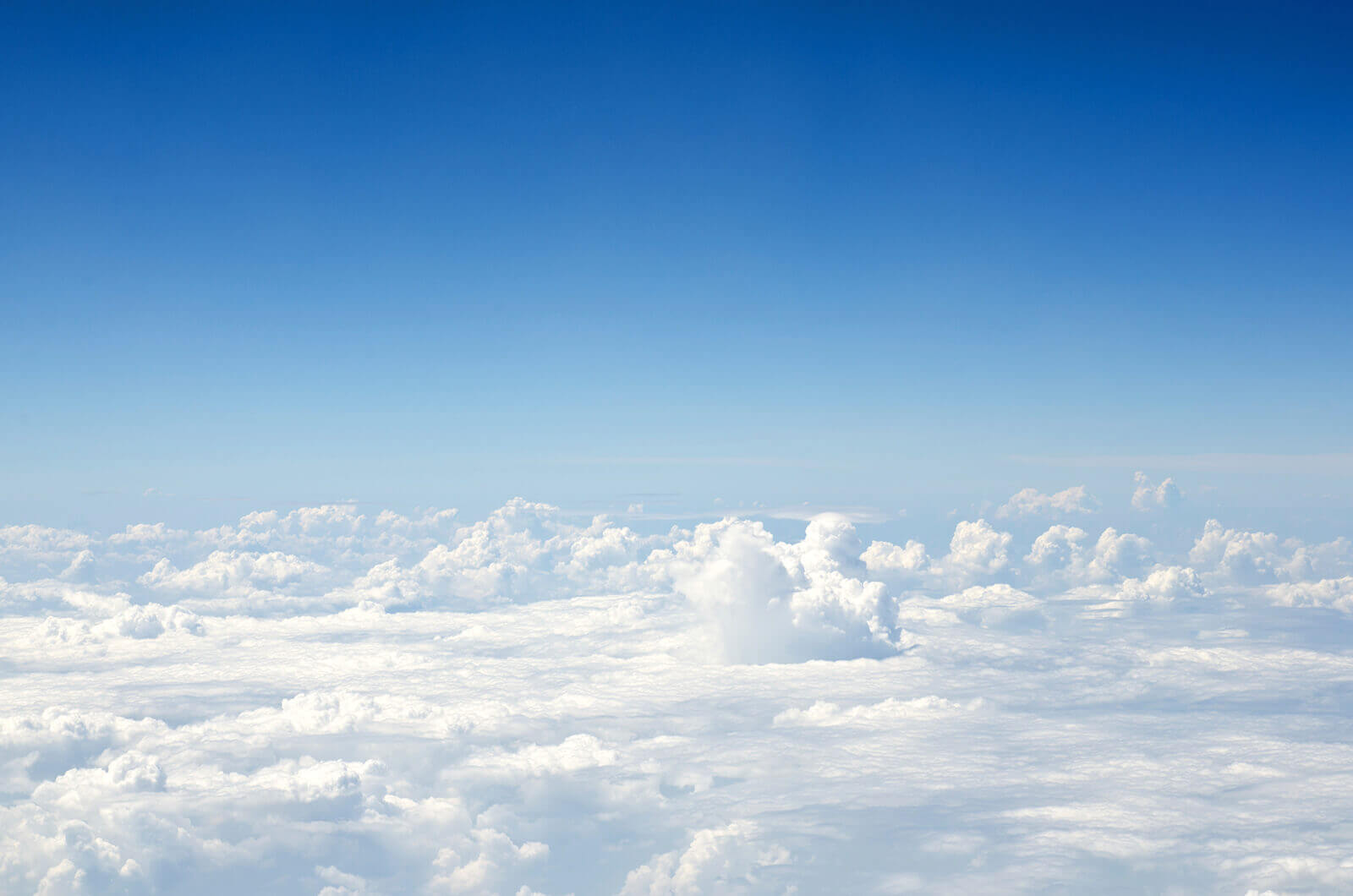
Cheap flights to Whangarei










Find cheap flights to Whangarei with Cheapflights
1. Tell us where you want to go
Enter your travel information like dates, passengers, trip type (one-way or round trip), and preferred cabin class then click “Find deals”2. Select your favorite providers
We find the providers serving your travel needs. Choose up to four travel providers to compare side-by-side for flights, hotels, or car rentals.3. Compare prices and book
Review each provider’s pricing and select the best option for you! Book through your favorite provider’s website for a seamless experience.Best time to book a flight to Whangarei
Have a flexible travel schedule? Discover the best time to fly to Whangarei with our price prediction graph.
Cheapflights Insights
Everything you need to know about your flight to Whangarei
Rainfall in Whangarei by month
In terms of precipitation, rainfall in Whangarei ranges from 2.4 - 9.8 inches per month. August is typically the wettest month, when rainfall can reach 9.8 in. January is typically the driest time to visit Whangarei when rainfall is around 2.4 in.
Temperature in Whangarei by month
If weather is an important factor for your trip to Whangarei, use this chart to help with planning. For those seeking warmer temperatures, January is the ideal time of year to visit, when temperatures reach an average of 68.0 F. Travelers looking to avoid the cold should look outside of July, when temperatures are typically at their lowest (around 51.8 F).
FAQs about flying to Whangarei
Best Time to Fly to Whangarei, New Zealand
The city is a wonderful destination to visit all through the year, due to its warm, temperate climate. If you want to visit at the warmest time of the year, then the months of December through to February generally offer the highest temperatures.
New Zealand’s summer spans December through to February, so if you want to visit at a cheaper time of year when attractions are less crowded, book your trip during the cooler winter months around the middle of the year.
Getting around Whangarei, New Zealand
The CityLink bus service provides a regular timetable of buses than run around the city area to the suburbs. Bus routes also run to other cities, such as Paihia and Auckland. If you prefer to take a taxi, there are several taxi companies within the city.